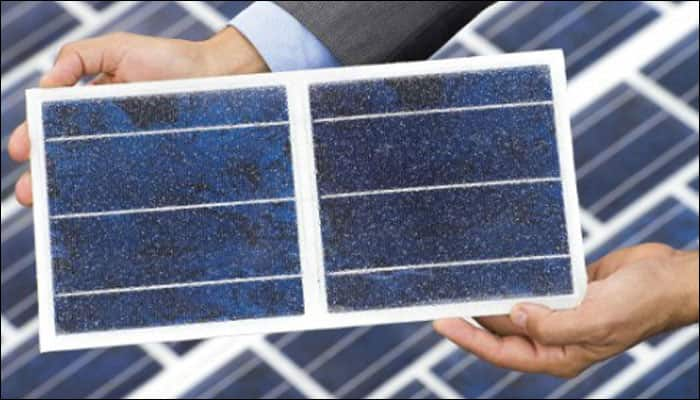New Delhi: Solar power is swiftly gaining momentum as a source of electricity in place of fossil fuel-based technologies that feed on our environment.
Numerous companies are coming up with innovative concepts that use solar power as the source of electricity. Just recently, Kerala launched its first solar-powered boat.
Now, a solar-powered water purifier which could provide a highly efficient and inexpensive way to turn contaminated water into potable water for personal use by scientists, has been developed by researchers.
Researchers believe that the device could help turn the issue of global water shortage around especially in developing areas and regions affected by natural disasters.
"Using extremely low-cost materials, we have been able to create a system that makes near maximum use of the solar energy during evaporation. At the same time, we are minimising the amount of heat loss during this process," said lead researcher Qiaoqiang Gan, associate professor at University at Buffalo (UB) in the US.
The team built a small-scale solar still. The device, which they call a "solar vapour generator," cleans or desalinates water by using the heat converted from sunlight.
The sun evaporates the water. During this process, salt, bacteria or other unwanted elements are left behind as the liquid moves into a gaseous state.
The water vapour then cools and returns to a liquid state, where it is collected in a separate container without the salt or contaminants.
"People lacking adequate drinking water have employed solar stills for years, however, these devices are inefficient," said Haomin Song, PhD candidate at UB.
"Many devices lose valuable heat energy due to heating the bulk liquid during the evaporation process. Systems that require optical concentrators, such as mirrors and lenses, to concentrate the sunlight are costly," Song said.
The team addressed these issues by creating a solar still about the size of mini-refrigerator. It is made of expanded polystyrene foam and porous paper coated in carbon black.
Like a napkin, the paper absorbs water, while the carbon black absorbs sunlight and transforms the solar energy into heat used during evaporation.
The solar still coverts water to vapour very efficiently. For example, only 12 per cent of the available energy was lost during the evaporation process, a rate the research team believes is unprecedented.
The accomplishment is made possible, in part, because the device converts only surface water, which evaporated at 44 degrees Celsius.
Based upon test results, researchers believe the still is capable of producing three to 10 litres of water per day, which is an improvement over most commercial solar stills of similar size that produce one to five litres per day.
Materials for the new solar still cost roughly USD 1.60 per square meter - a number that could decline if the materials were purchased in bulk, researchers said.
"The solar still we are developing would be ideal for small communities, allowing people to generate their own drinking water much like they generate their own power via solar panels on their house roof," said Zhejun Liu, PhD candidate at Fudan University in China.
The research was published in the journal Global Challenges.
(With PTI inputs)
















